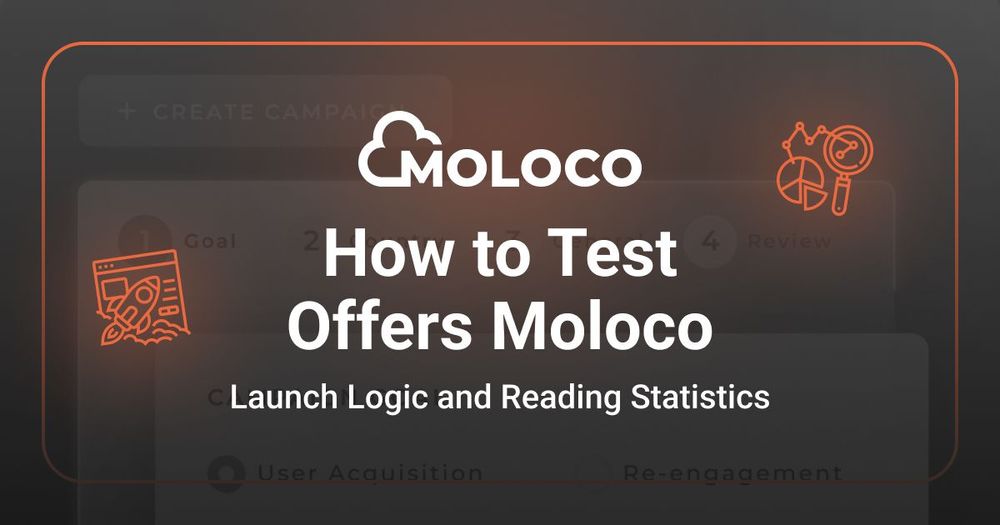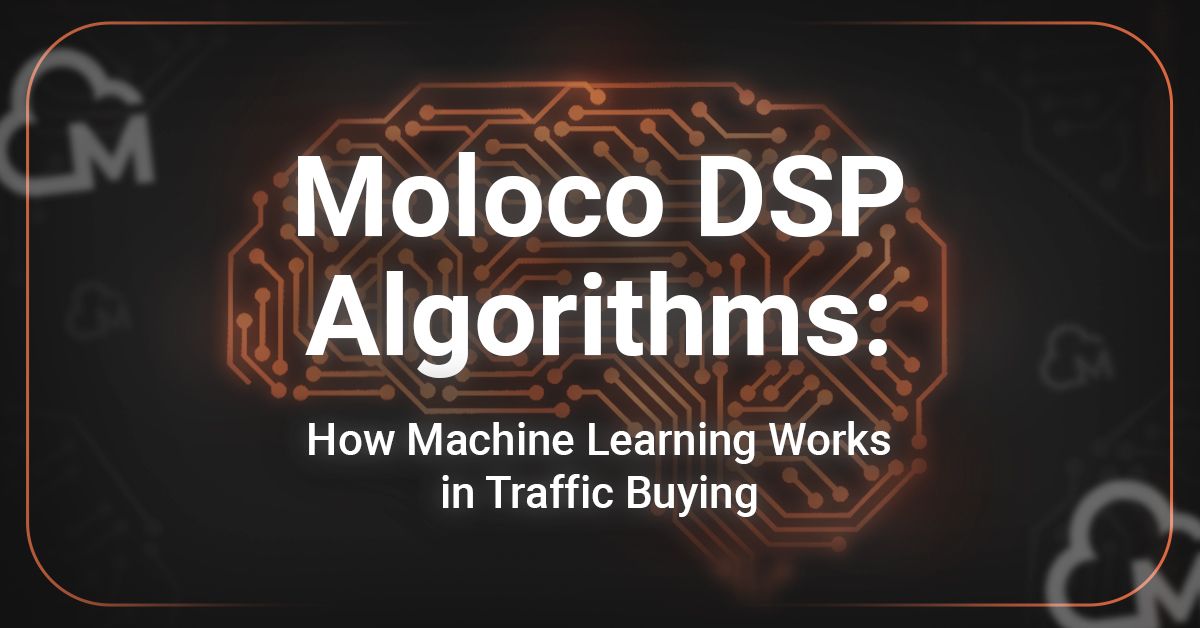
Effective work with Moloco DSP is not just about “uploading an offer and waiting for results.”
Machine learning algorithms optimize buying toward conversions, but for that to work correctly, they need clean data and a proper campaign structure.
If you approach testing chaotically, your budget will drain, and results will be inconsistent.
In this article, we’ll break down how to properly structure campaigns for offer testing, what to focus on during optimization, and how to read statistics so that algorithms work for profit.
We’ll also cover how to handle small budgets and avoid common mistakes that lead to losses.
Campaign Structure
Moloco DSP campaigns follow a four-level structure:
App → Campaign → Ad set → Creative group.
This hierarchy isn’t just for convenience — it helps algorithms learn correctly and identify which signals drive conversions.
When testing offers, keep several principles in mind:
Multiple ad sets for different creatives.
You can test various approaches, formats, and durations. This speeds up data collection and allows the system to identify top-performing creatives.3–5 creatives per ad set.
That’s enough for the algorithm to test formats and find winners without diluting the budget.
Uploading 10–15 creatives means each gets too few impressions, and learning stalls.
Main rule: the structure must be clean.
One offer, clear hypotheses, a few creatives per ad set — that’s how Moloco learns patterns faster, improves buying efficiency, and keeps traffic profitable.
Event Optimization
One of Moloco DSP’s biggest strengths is machine learning.
It optimizes not only by clicks but by predicted conversions.
To make it work properly, you must set up optimization wisely.
Key points:
Campaign goal.
If your goal is installs, set “install” as the event.
But if profit comes only from purchases, optimize directly for “purchase.”
The algorithm will target relevant users and filter out low-value installs.Minimum data volume.
For stable algorithm performance, you need to gather enough statistics — at least 50–100 target events per ad set per week. It’s usually better to launch campaigns optimized for purchases right away: the system learns faster and doesn’t waste budget on intermediate goals.Event quality.
Tracking must be accurate. If some conversions aren’t sent to the system, the algorithm will optimize blindly.
Practical logic:
If the app is new and “purchase” optimization isn’t yet available, start with installs, collect data, then switch to purchases.
If “purchase” is available from the start — use it immediately.
This step-by-step approach prevents budget waste and builds proper algorithmic learning.
The cleaner your event setup and the larger your dataset, the higher your profitability.
Working with Small Budgets
Many buyers start in Moloco DSP with limited budgets.
Here’s how to allocate funds so the algorithm still learns effectively.
Minimum budget.
Moloco recommends setting a daily campaign limit of $250–500 for stable learning.
This amount gives the system enough data for accurate optimization.
Focus on offers.
At first, test several apps, offers, and creatives to see what performs best.
Once you find effective combos, concentrate spend on them to provide more learning data.
Patience.
Moloco’s algorithms don’t learn overnight.
You need at least 3–5 days of running before drawing conclusions.
If the campaign immediately goes into a deep minus — optimization won’t save it.
If CPI is too high, the issue lies in creatives;
if install-to-registration CR is low, the problem is the offer.
Pause, adjust, and relaunch.
With small budgets, don’t spread thin.
Set a realistic daily limit, test one or two hypotheses, and give the algorithm time to stabilize.
Conclusion
Testing offers in Moloco DSP requires understanding how the algorithm works.
It looks for patterns in conversion events and self-optimizes buying — but only if you provide clean structure and sufficient data.
Key rules:
- Create a separate campaign for each offer.
- Optimize for conversion events, not clicks.
- With small budgets, focus on a few hypotheses and allow learning time.
This approach saves money at the start and helps find scalable combos faster.
Moloco DSP performs best long-term — the more data its algorithm collects, the more accurately it buys and the higher your profitability.
Want to test offers in Moloco without the risk?
Use verified accounts and cards from RentAcc — test, optimize, and scale campaigns with full expert support.


